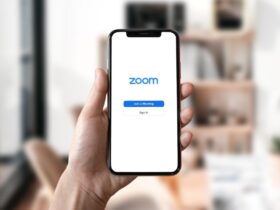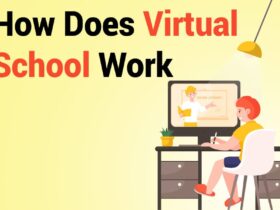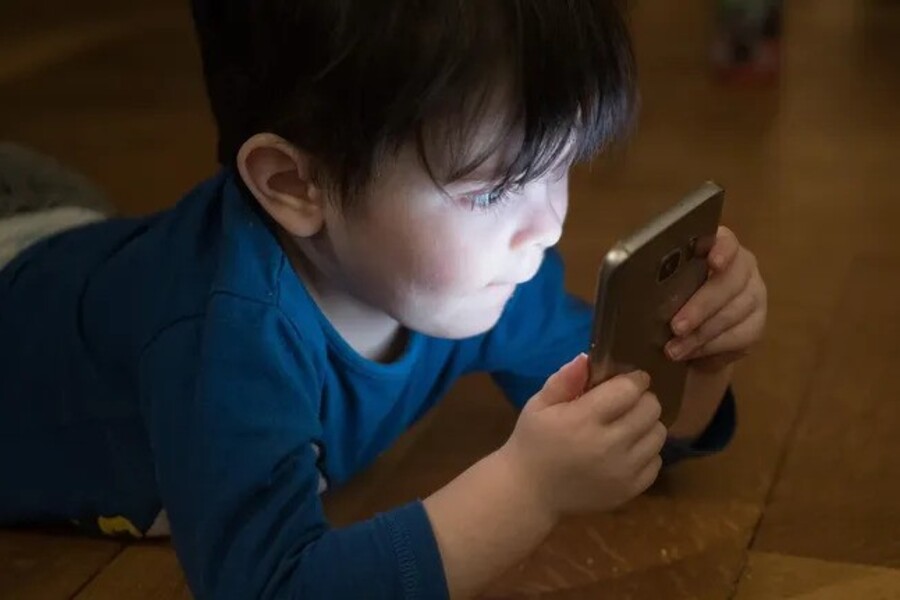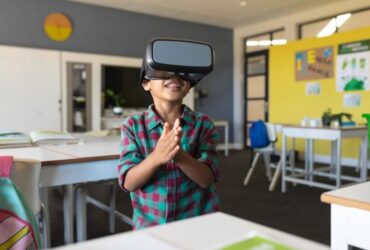A sweeping review of 132 longitudinal studies tracking roughly hundreds of thousands of children finds that moderate daily screen time is largely low risk, while heavy use—especially video gaming—correlates with and likely contributes to social-emotional problems. The analysis, led by University of Queensland researcher Michael Noetel, also underscores a two-way relationship: children with existing challenges tend to use screens more, creating a feedback loop.
“Cross-sectional studies are snapshots—they might show heavy screen users have more problems, but we can’t tell what came first,” Noetel said. “Our longitudinal studies followed the same kids for years… That’s much stronger evidence that screens actually cause problems, not just that troubled kids like screens.”
Noetel added: “When you track 300,000 kids over time and see the same patterns everywhere, that’s about the best evidence we can get without randomly banning screens for thousands of children.”
Why this matters
For years, parents and educators have wrestled with the “chicken-or-egg” question of screen time and youth mental health. By focusing only on studies that followed the same children over multiple years, this review strengthens the case that excessive screen time can exacerbate issues like anxiety, attention problems, and aggression—while also showing that pre-existing problems drive more screen seeking.
What the review found
- Direction of effects: Both are true. More screen time predicts later social-emotional problems, and earlier social-emotional problems predict later increases in screen use.
- Dose matters:
- Within common guidelines (about ≤1 hour for young children; ≤2 hours for older kids): minimal risk.
- Around the upper limit: still low, but watch for trade-offs with sleep, play, and family time.
- ~3 hours/day: risk rises noticeably. Each additional hour tends to displace protective activities.
- ≥4 hours/day: meaningfully higher rates of anxiety, aggression, and attention problems emerge.
- Noetel’s analogy: “Think of screen time like a soft drink. One glass won’t hurt… by the third or fourth glass daily, you’re looking at real health impacts that build over time.”
- Gaming is different: Even 1–2 hours of gaming showed stronger links to problems than 3–4 hours of TV.
“Gaming stood out as particularly risky, much worse than other screen activities,” Noetel said.
- Content and context matter: The meta-analysis couldn’t fully isolate educational screen use (only six studies attempted it, with reporting too mixed to analyze separately). Generally, “general-purpose” use (which includes some educational content) showed smaller negative effects than gaming. Prior work by the team suggests “screens for education are fine, and probably very good,” but those benefits weren’t separable here.
Practical guidance for parents & educators (user-intent answers)
How much is “okay”?
Staying within age-appropriate guidelines appears low risk. If a child regularly exceeds ~3 hours/day, expect rising trade-offs (sleep, physical play, family interaction). At ≥4 hours/day, the risk of social-emotional difficulties rises to a level that merits action.
Is gaming the main concern?
It’s the category most consistently linked to problems at lower doses. If time is tight, prioritize reducing gaming minutes before trimming low-arousal, educational, or co-viewed content.
Does educational use help?
The review couldn’t cleanly separate it, but broader literature indicates that well-designed, age-appropriate educational content can be beneficial, especially for early literacy and numeracy. Co-use (learning with an adult) tends to be more protective than solo consumption.
What can families do now?
- Keep to daily guardrails (≤1 hr for young kids; ≤2 hrs for older kids); treat 3+ hrs as a warning zone.
- Target gaming first if you need to cut. Consider family-only gaming sessions or time-boxed weekend play.
- Protect sleep and routines: no personal screens in bedrooms; wind-down without devices.
- Choose calmer, curated sources (public broadcasters, ad-free apps); remove autoplay/recommendations that escalate time and arousal.
- Co-view/co-play: shared use turns screen time into family time and mitigates risks.
- Address the “why”: if screens are a coping tool for anxiety or dysregulation, pair limits with emotional-skills supports. Noetel points to Triple P-style programs that help families build those skills.
What about schools?
For classroom tech, purpose and pedagogy matter more than minutes. Use screens where they add clear value (e.g., adaptive practice, accessibility tools). Outside instruction, districts considering phone restrictions should balance focus benefits with access needs; the evidence here is about dose and content, not blanket bans.
What surprised the researchers
Noetel expected some risk at high doses, but was struck by how strongly gaming stood out and by the self-reinforcing cycle: “We always hear screens damage kids. We rarely hear that damaged kids seek out screens. It’s a vicious cycle that feeds itself.”
On a personal note, he said the findings prompted changes at home: removing Netflix apps from smart TVs, keeping a tamer public-broadcaster option, dropping YouTube from kids’ tablets in favor of educational games, and making Switch play and movie watching shared family activities.
What’s next
Researchers call for better-designed, content-specific longitudinal studies that distinguish gaming, social media, streaming, and educational use, and that measure context (solo vs. co-use, bedtime timing, presence of autoplay) alongside outcomes. Randomized bans are neither ethical nor feasible; instead, natural experiments and improved reporting can sharpen guidance.
Bottom line
- Moderation is largely safe; heavy daily use drives risk.
- Gaming shows outsized associations at relatively low durations.
- Support matters: because screen time and emotional difficulties often move together, limits work best when paired with skills-building and family routines.
“This isn’t about perfection,” Noetel said. “Understanding that excessive use might be a symptom—not just a cause—changes how we help our kids.”
Quick FAQ
What happened?
A meta-analysis of 132 longitudinal studies found small effects for moderate screen use but meaningful risks at high doses, with gaming showing stronger links than other media.
Why does it matter?
It clarifies causality better than snapshot studies and offers practical thresholds for families and schools.
What should I do?
Stay within age-based limits, de-emphasize gaming, protect sleep, co-use when possible, and address underlying emotional needs—not just minutes.
What’s uncertain?
The review couldn’t isolate educational content effects; more granular research is needed.












































Leave a Reply